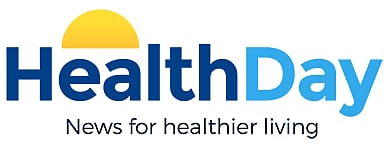(HealthDay News) -- The chills refers to an episode of shivering, along with paleness and feeling cold. Most commonly, the chills are associated with fever, says Mount Sinai Hospital. They are the body's way of producing heat when it feels cold.
To treat the chills at home, Mount Sinai recommends:
- Drink lots of fluids and get plenty of rest.
- Sponge with lukewarm water.
- Take acetaminophen to fight fever and chills.
- Don't bundle up in blankets or use air conditioning.
If you have a high fever or your chills are accompanied by stiffness of the neck, confusion, or pain, seek prompt medical attention.

